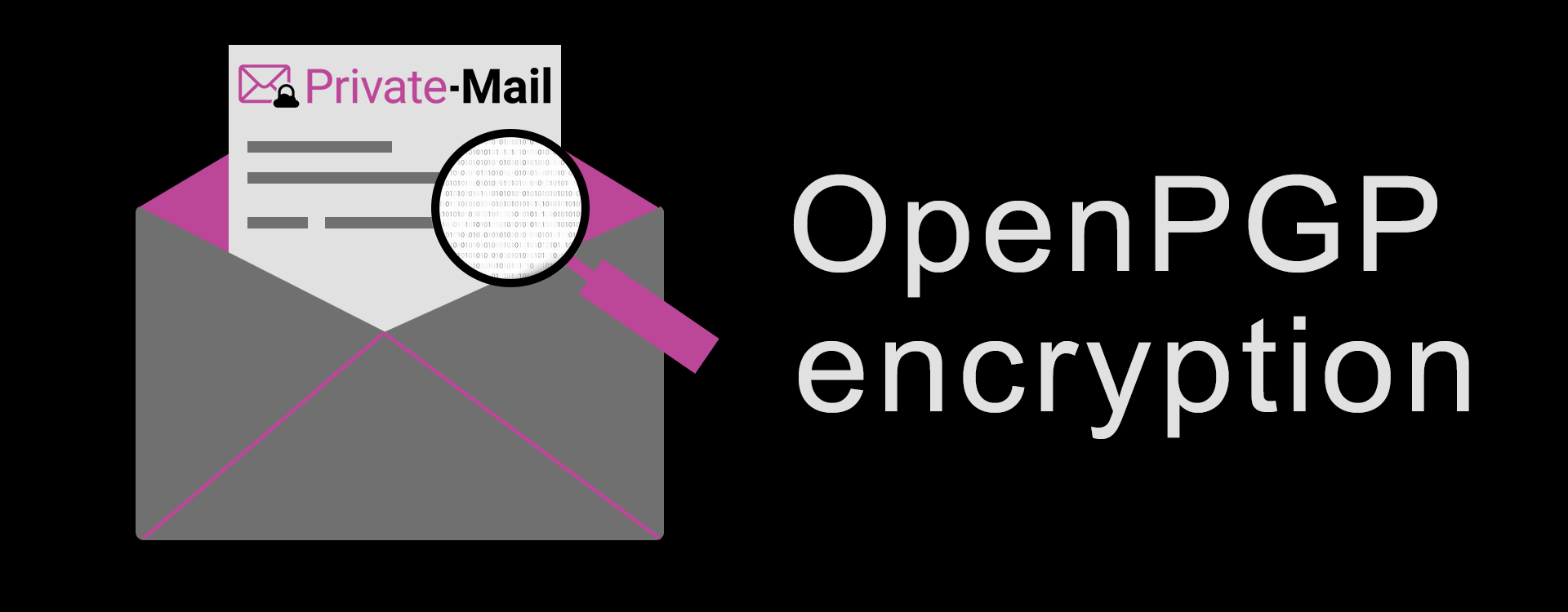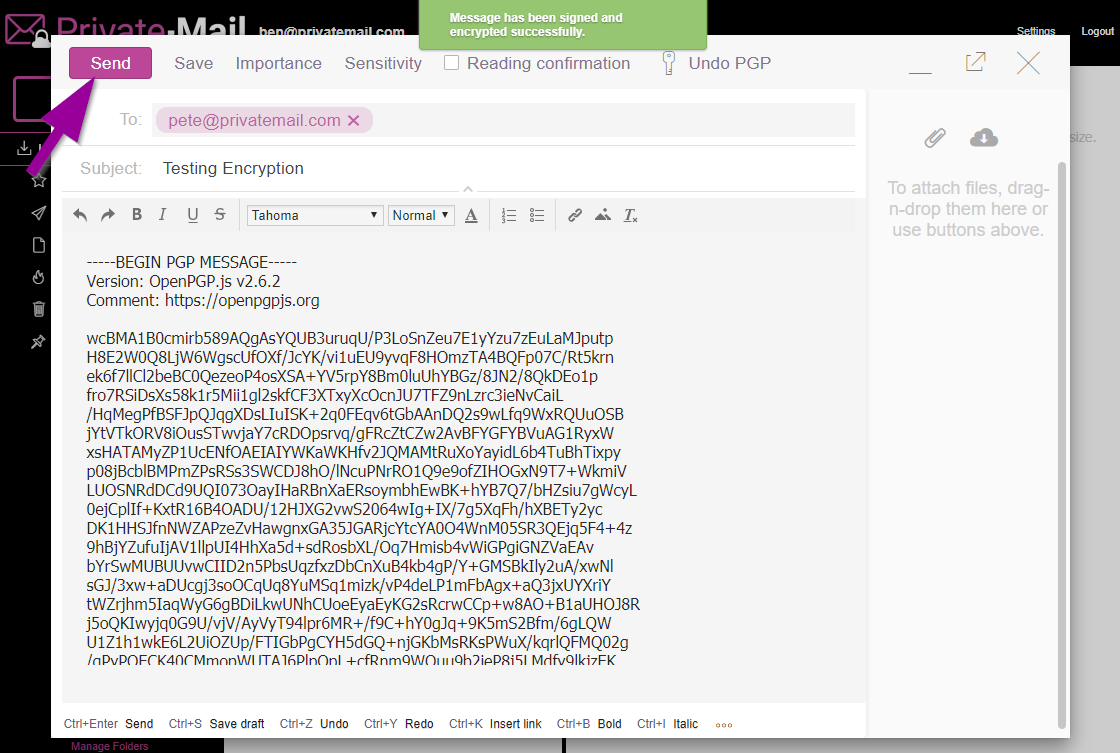
How Using OpenPGP Encryption Can Help Secure Email
Almost nothing happens via paper mail anymore. Everything is digital. While email is more convenient and environmentally friendly, it comes with a huge set of vulnerabilities. People get bills, bank statements, and credit card information sent via email. What would happen if your email got hacked?
Identity theft can easily occur – almost shockingly easily. OpenPGP encryption can help secure your email, preventing sensitive information from getting into the wrong hands. If your email isn’t currently as secure as it can be, you might need to jump on OpenPGP.
What is OpenPGP?
PGP stands for “pretty good privacy”. The inventor and developer, Phil Zimmermann, merely had a great sense of humor. The name might sound like a joke, but the benefits and foundation of the technology are definitely not a joke. After releasing the source code to other developers who wanted to dabble with PGP, OpenPGP was born. The hands of many talented and capable developers have contributed to and fortified OpenPGP over the course of decades.
How good is OpenPGP? PGP’s encryption is so strong and complex that the government had a problem with it – they put Zimmermann under investigation. Now, with the new developments to OpenPGP, it’s only stronger.
How Does OpenPGP Work?
OpenPGP encrypts and decrypts through key sets. It’s a relatively common type of cryptography, called public key cryptography. Information is encrypted with a public key, and can only be decrypted by a private key. When you first start using OpenPGP, you create a public key and upload it to a database or exchange it with the other recipient. People can search for your email address and find your public key. When you get an email, it can only be opened with your private key.

OpenPGP also works to verify emails and senders. OpenPGP uses digital signatures to prevent people who use it as a security net for their email from getting anything unauthorized or unsafe. There will always be a unique signature that the encryption can check and verify. If there are any attachments, chances are slim to none that a bad apple will spoil the bunch. Everything is authenticated with OpenPGP.
How to Use OpenPGP with PrivateMail
Start by logging into your PrivateMail account. Click the setting menu on the top right, and go to OpenPGP on the sidebar. Tick the box next to “Enable OpenPGP” and save your settings. At the bottom, you’ll see a button that says “Generate New Key”. You’ll re-renter your email, your key password, and set the key length. The optimum key length will be at least 2048. Click generate.

Once you have your public key generated, you can share it with people you want to have encrypted, private, secure conversations with. When this person sends you their key, you’ll need to import it. The import button is right next to the “Generate New Key” button. Click “Import Key”, paste their key, click check, verify their email, and click “Import selected keys.” You’ll now have end to end encryption in your conversations.
Start Sending Secure Email
If you’re already using PrivateMail, your email is more secure than most. If you’re using PrivateMail with OpenPGP encryption, it doesn’t get much safer than that. You don’t need to be up to anything nefarious to feel uncomfortable sending your information out into the open internet. You can never be too cautious when it comes to your privacy online, and a few small steps can help you sleep easier at night.







